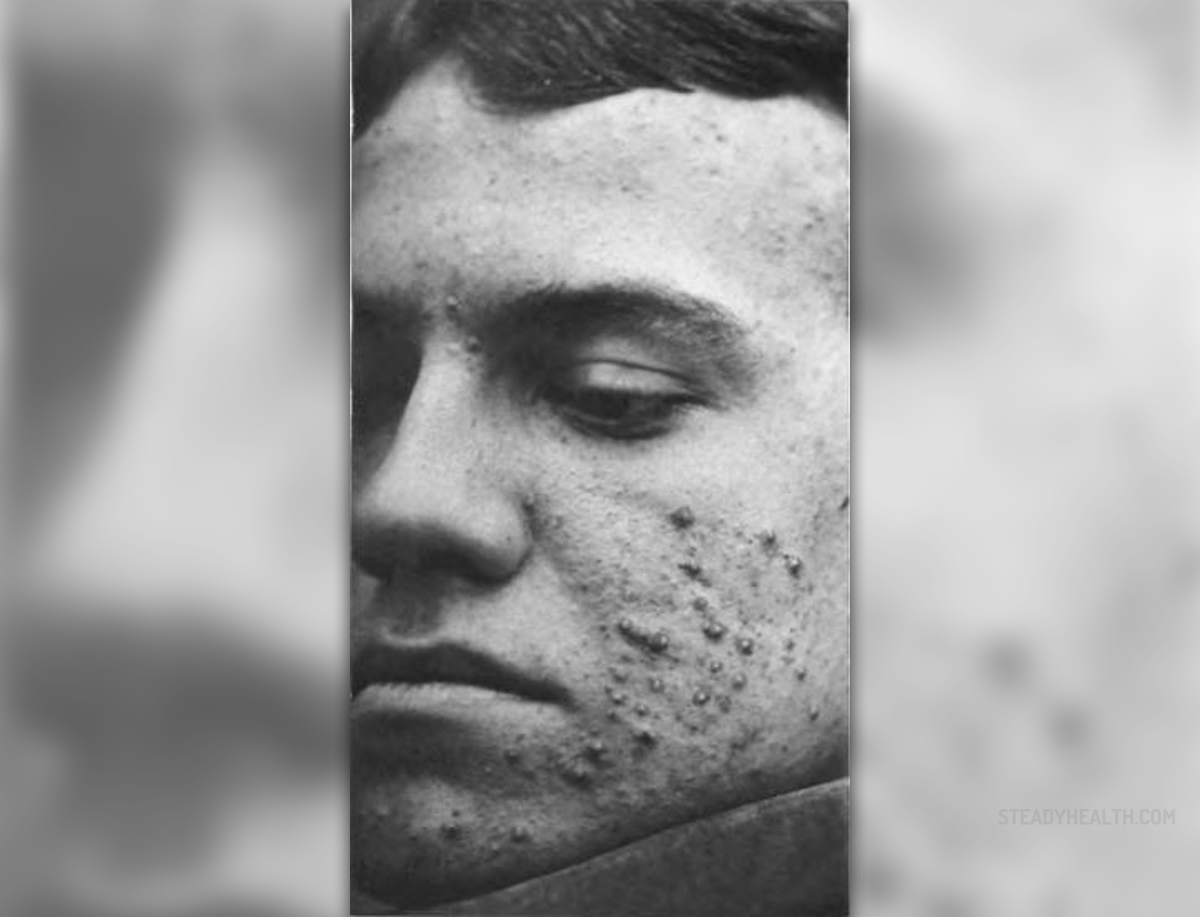
Cystic acne represent the most severe form of acne. They may affect the face as well as other parts of the body such as the chest or the back. These skin changes range in size and reach up to several centimeters in diameter. Cystic acne develop in a form of hard, painful lumps. The inflammation in this type of the disease affects deeper layers of the skin, it is difficult to be eradicated and takes a long time to heal.
In some people cystic acne only affect the chin. Even though the disease is limited to only one portion of the face it is still very serious, painful and hard to deal with. They also carry a huge risk of scars once the inflammation is brought under control.
Causes of Cystic Acne on Chin
There are many causes of cystic acne in general. They usually develop as the consequence of hormonal imbalance during puberty. Some dermatologists believe that these skin lesions are actually hereditary. Furthermore, cystic acne can be associated with consumption of certain food products (especially if there is a sensitivity to particular food products). They may also occur as a side effect of certain medications. Some say that stress can be a trigger for acne formation. And finally, if one is suffering from less severe from of acne if the skin changes are squeezed the inflammation and infection can spread and affect deeper tissues and result in the formation of cystic acne.
How to Deal with Cystic Acne on Chin?
All patients suffering from cystic acne are treated by a dermatologist. The doctor always examines the patient and thoroughly investigates the patient's medical history. He/ she may also perform additional laboratory tests and exams in order to establish the exact cause of the condition.
The condition simply cannot be brought under control with topical creams. This is why cystic acne are treated with powerful systemic medications. Even once the treatment is over there is a chance of recurrence. In some cases the first treatment option may fail. One should not be discouraged and the doctor will chose another treatment modality.
The most common treatments for cystic acne include oral antibiotics, isotretinoin, intralesional corticosteroid injections and oral contraceptives (in women). In some cases patients require surgical drainage of the skin lesions.
Patients suffering from cystic acne are initially prescribed tetracycline, oxycline and erythromycin. In case antibiotics fail to provide with desirable effects the second option includes isotretinoin. Surgical drainage is a procedure in which the acne are opened under sterile conditions and their content is completely drained. Intralesional corticosteroid injections are administered in patients who fail to respond to medicamentous treatment and in case the acne are severely inflamed and close to a rupture.




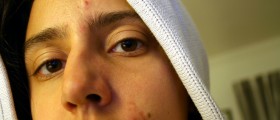

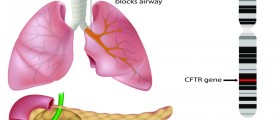

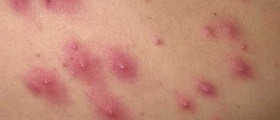
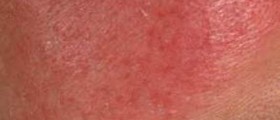
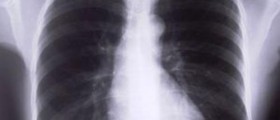

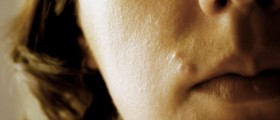


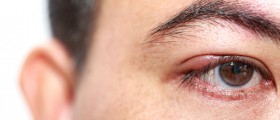
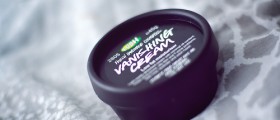
Your thoughts on this
Loading...